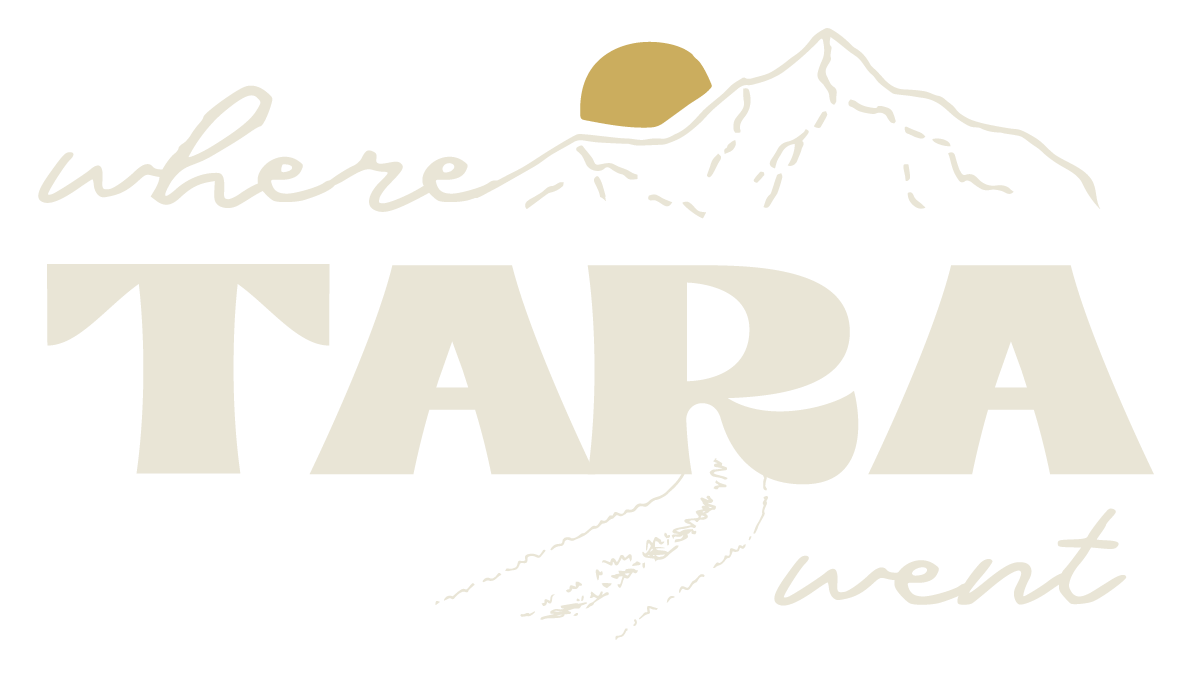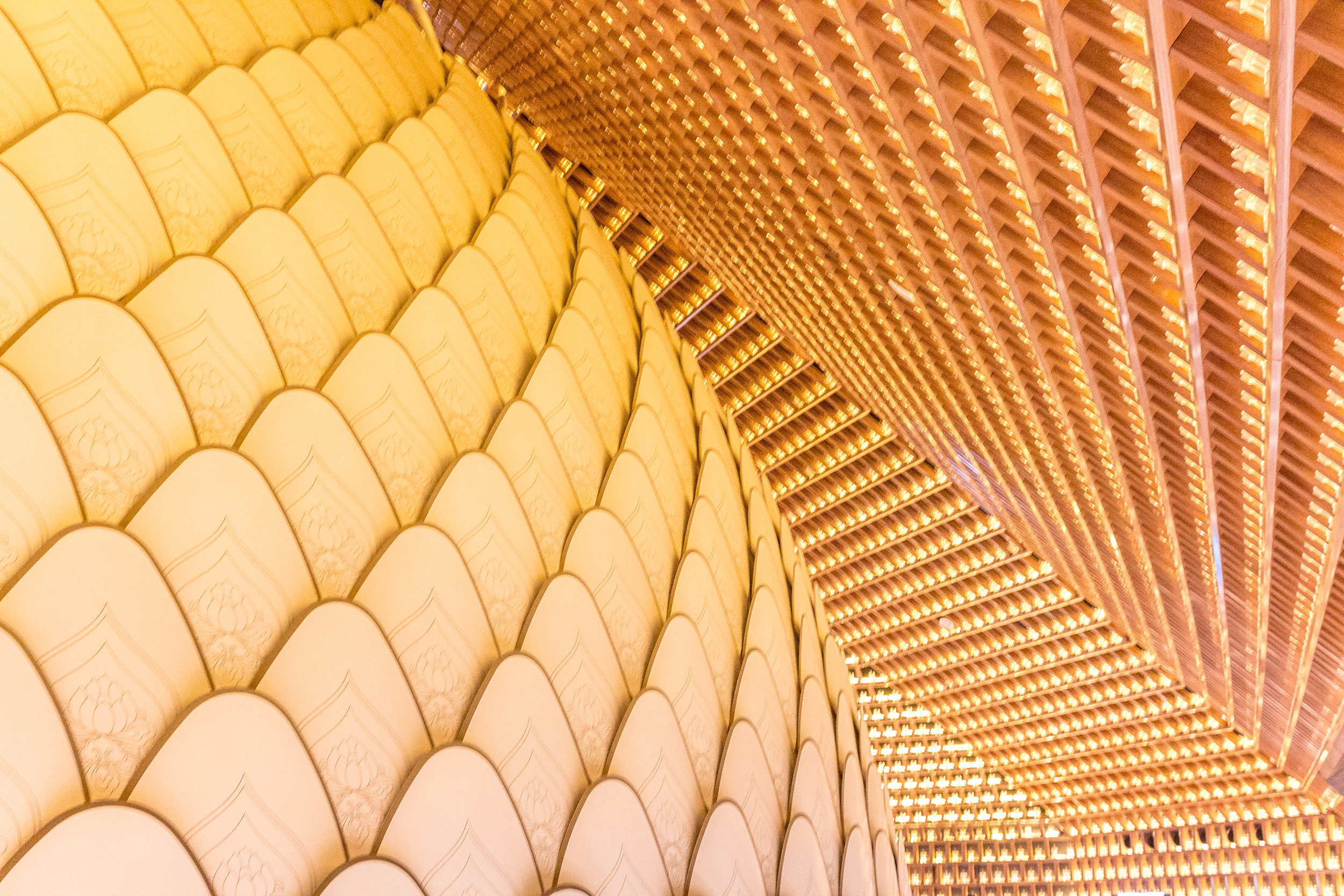Bao'en Temple in Nanjing, China: what you need to know before you visit
Bao’en Temple was by far my favourite temple I visited while living in mainland China.
And, by all accounts, it was the most unusual.
I arrived on a breezy spring day and while there were two school tour groups visiting at the same time, the place felt nearly empty; a rarity in China. The entrance fee wasn’t outrageous and the history mixed with strange statue homages to Hans Christian Andersen made Bao’en as odd as it did beautiful to me.
Still, months after leaving China, whenever someone asks me about the coolest sights in Nanjing, Bao’en is the first place I point them to.
KEEP READING TO GET ALL THE DETAILS ON BAO’EN TEMPLE
A BRIEF HISTORY OF BAO’EN
Google “Bao’en Temple” and you might get results listing “The Porcelain Tower”. They are the same. The Porcelain Tower is a modern add-on to what was formerly known as the Bao’en Temple, but they are in fact the same place. The temple grounds sit on the south bank of the Qinhuai River not far from the Confucian Temple area.
The temple and its pagoda were destroyed, but a Chinese businessman donated USD $156m million donation towards its reconstruction and renovation. This led to Bao’en transforming into a sort of modern art meets Buddhism exhibit.
HOW TO GET THERE
BY METRO // You can get to The Porcelain Temple via the Nanjing metro system. The nearest stop is Yuhuamen Station on line 3, but you’ll still need to walk about 10-minutes.
BY BUS // You can take buses 7101, 7102, K782/K783, K1326/K1327, or K1328/K1325 to the 中华门 stop {sorry, no pinyin}.
ADMISSION + HOURS
Admission is a steep ¥120 {USD $18} and can be purchased with cash, AliPay, WeChat Wallet, or a Chinese credit card. The temple is open to the public from 9:00 AM- 5:00 PM, and the last tickets are sold at 4:30 PM.
WHAT YOU’LL FIND
Walking into Bao’en, I felt like I was walking into a history museum of kinds. Old stone walkways from the original temple grounds lay dug up and surrounded by glass guardrails. There are 3D models of what the original pagoda looked like and plaques in Chinese, supposedly describing the destruction of the sight during the revolution {though I wouldn’t know for sure, since I don’t read Chinese}.
Past the initial exhibits are the modern bits, including light installations, a sort of hall of mirrors, and even a statue of Hans Christian Andersen {still unsure how this is related}. My favourite display was the representation of the bodhi tree, under which it is believed the Buddha attained enlightenment. The lights went from bright white to blue over the white tree, and many people sat watching the display in awe of the one-of-a-kind scene.
On my visit, I had kids from school tour groups constantly asking me for my picture. This isn’t uncommon in China, as foreigners are often found in selfies without giving their consent. This day though, everyone wanted my photo. We later found out that they thought I was Sandra Bullock {I know, what the actual eff…I wish}. It wasn’t too much of a bother, but this is something you should consider when visiting any attraction at peak tourist hours in China, particularly Nanjing— you will probably be in someone’s phone storage by the end of the tour.
While I don’t think you leave Bao’en with a deepened understanding of Buddhist culture, I do think you leave with a taste for urban China and the way it curates its history for modern public consumption. China likes to wrap its history, whether it be dark and violent or filled with innovation and art, in over-the-top packaging. Bao’en is just that— a way to make Buddhist tradition its most modern, shiny self.























